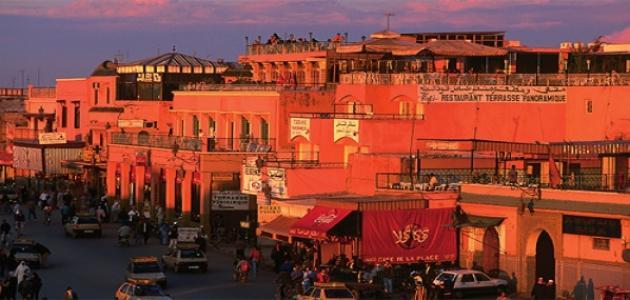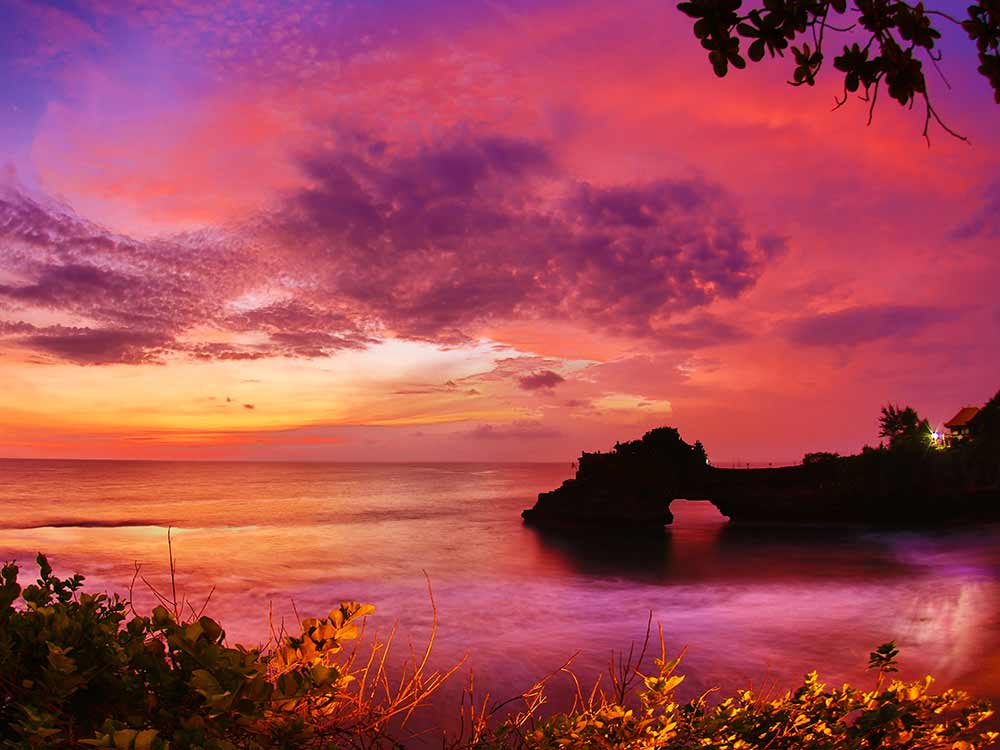Baghdad National Museum
The National Museum is located in Baghdad, where it displays Iraqi art and artwork dating back to the Middle Ages. After the First World War, archaeologists from Europe and the United States excavated all over Iraq in order to preserve them from extinction. It dates back to the Sumerian, Babylonian, Akkadian, and Assyrian civilizations, in addition to many dedicated exhibitions from the pre-Islamic and Islamic era, and Arab art.
The Martyr’s Monument
The monument of the martyr was built during the era of King Saddam Hussein, during his endeavor to search for antiquities in the seventies and eighties, and this work was completed in 1983 by the Iraqi sculptor Ismail Fath Al-Turk, where it consists of a forty-meter-high Arabesque dome covered with blue ceramic tiles It also houses a library, museum, and other facilities focusing on the idea of Iraqi soldiers who died during the eight-year war between Iran and Iraq, stadiums, and meadows surrounding the central memorial.
The ancient city of Samarra
The city of Samarra is located on the banks of the Tigris River, 130 kilometers north of Baghdad, which had influence over the territories of the Abbasid state, so it was the seat of the Islamic capital, the length of the city reaches forty-one and a half kilometers from north to south, but its width ranges between four to eight kilometers It also contains engineering and technical innovations, and includes many of the monuments and monuments in it, such as the Jami Mosque which was built in the ninth century AD, in addition to its minaret minaret.
Urban city
Al-Hadr city is a destroyed city located in the Al-Jazeera region in northern Iraq, 180 miles northwest of Baghdad, and 68 miles southwest of Mosul. It is the religious and commercial center of the Parthian Empire. It flourished during the first and second centuries BC, and it survived several invasions before it was destroyed in 241 m.








